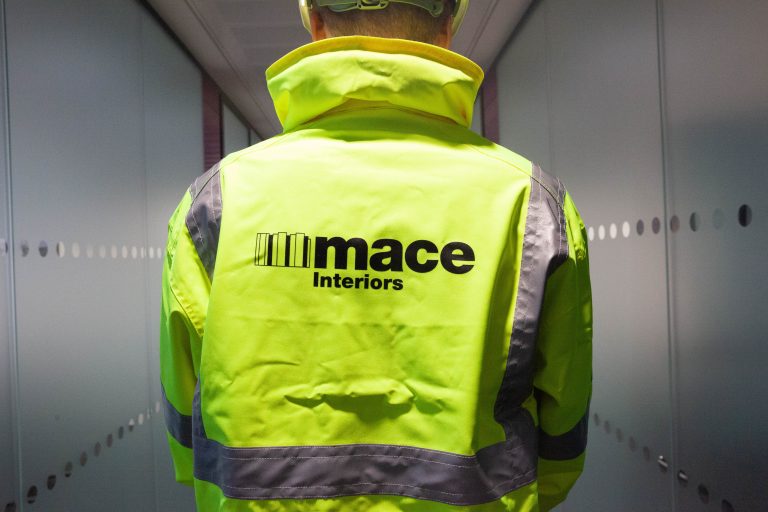A few weeks on from Brexit, the housing market across the UK is now coming to terms with what the crucial vote means for the industry. As many predicted, following the UK’s shock vote to leave the EU, a recent survey from the Royal Institution of Chartered Surveyors (RICS) has revealed a ‘significant’ decrease in enquiries from potential house buyers. The RICS survey shows that house sales are likely to fall sharply in the next 3 months, with estate agents and surveyors stating that they are much more worried about the housing market than at any time since the late 1990s. Enquiries from potential buyers fell for the third consecutive month in June, and the number of sales agreed also dropped, after the Brexit vote created huge uncertainty in the market. 36% more estate agents and surveyors reported a drop in sales and enquiries rather than an increase, the lowest figures since the financial crisis in mid-2008. In addition, the report revealed that, over the same period, the number of properties coming onto the market fell everywhere in the UK except Northern Ireland, with sales also falling for a third consecutive month. Looking ahead over the summer months, 26% of those who responded to the survey predict that sales will drop even further than expected in a normally busy housing market. The RICS report said: “This is the most negative reading for near-term expectations since 1998”. Falling prices were particularly evident in central London, where house prices have dropped for the second month in a row, due to the turbulence caused by Brexit. In July, the average house price in London dropped by 1.2% to £635,710, just after the EU referendum outcome. Earlier this month, an Evening Standard analysis also revealed a huge increase in house sellers panicking straight after the referendum and cutting asking prices, with prices in the upmarket borough of Richmond falling by more than 10%. Property website Rightmove has reported that in the two weeks following the EU vote, enquiries from buyers dropped by 16%, compared with the same period in 2015. In England and Wales, the price of new properties on the market in July fell by 0.9% or £2,647. Compared with figures from the same time in June/July 2015, the number of new homes on the market fell by 8% per cent in the fortnight before the Brexit vote, although in the weeks since the vote, figures have risen again by 6%. Rightmove director Miles Shipside said that, based on two to three weeks of post-Brexit-vote statistics, the housing market is remaining steady, underpinned by the same fundamentals that helped its recovery since the last downturn. Simon Rubinsohn, RICS chief economist, said: “Big events such as elections typically do unsettle markets, so it is no surprise that the EU referendum has been associated with a downturn in activity. However, even without the build up to the vote and subsequent decision in favour of Brexit, it is likely that the housing numbers would have slowed during the second quarter of the year, following the rush in many parts of the country from buy-to-let investors to secure purchases ahead of the tax changes.” Rubinsohn added that an important factor in how the housing market reacts in the next few months will be the reaction of the wider economy, following the Brexit vote. With interest rates and sterling coming down, he remarked that it is a waiting game to see whether the concerns are justified regarding a possible stalling in both corporate investment and recruitment. Another concern that was predicted pre-Brexit, could also become reality. Last week, Britain’s biggest housebuilder, Barratt Developments, said it might consider decreasing the number of new homes being built, in response to a possible slowdown in the housing market following the Brexit result. The company is rethinking its building and land-buying programmes, with the immediate future for the industry looking uncertain. David Thomas, Barratt’s chief executive, said: “Following the EU referendum, we are mindful of the greater uncertainty now facing the UK economy. Consequently, the immediate outlook for our industry is less clear and it is too early to draw any conclusions regarding market conditions from the short trading period since the referendum.” In contrast, new figures from the Council of Mortgage Lenders (CML) reveal that while lending fell sharply in April, the first month of the new stamp duty rules, lending figures recovered in May. The CML said that the value of lending for house buying was up by 8% year on year in May at £9.4bn, while the number of loans rose by 5% to 53,800. First-time buyers took out 27,500 loans, a figure that is 16% higher than in May last year; for the second month running, first-time buyers borrowed more than those moving home. However the CML reported that the Brexit vote could mean there will be slower times ahead for the housing market. The CML’s director general, Paul Smee, said: “Brexit, and its likely effect on the market, is a question to which the answer will not immediately be forthcoming. Lenders will continue to be open for business as usual, but lending volumes may be affected by uncertain consumer sentiment.” So, in the wake of the post-Brexit turmoil, what now for housebuyers and those renting? Buyers who have just started the process and had their offer accepted are advised to continue. Economists and estate agents are reporting that while prices are likely to dip by autumn, recent Nationwide building society figures show that UK prices rose 5.1% in the past year anyway. Buyers won’t lose anything by going ahead as planned. Anyone planning to sell a house this month is advised to wait for demand to increase unless they have a particular deadline. The National Association of Estate Agents (NAEA) says that buyer figures were lower in May (when the market was already jittery pre-Brexit vote) compared with last year. However, by September, buyers may well be keen to start looking again, in order to move










